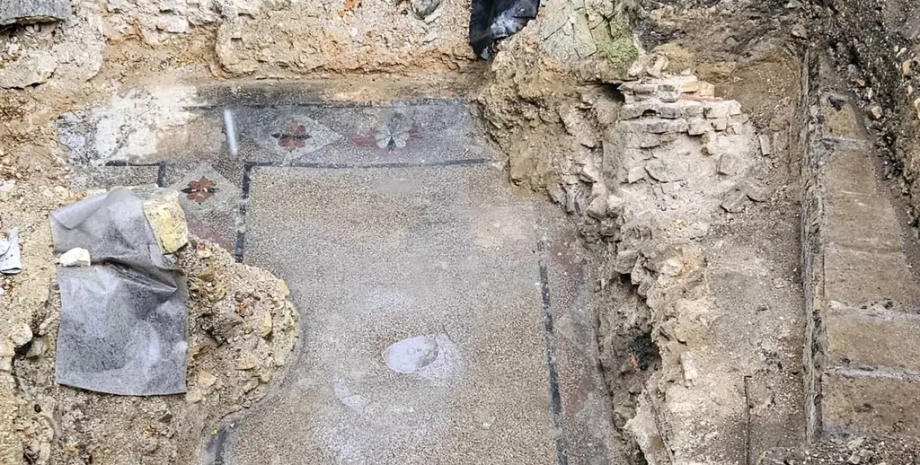
This complex, which consisted of several synagogues, MIKVs and public institutions, damaged the Nazis, and subsequently completely destroyed the Soviet authorities, writes HeritGedaily. In focus, technology appeared its Telegram channel.
Subscribe not to miss the latest and most intrusive news from the world of science! The Israeli Antiquity Directorate (IAA) emphasized the historical sense of the synagogue: "The Great Synagogue of Vilnius was the heart of Lithuanian Jewishness and covered 12 synagogues and educational buildings, the building of the community council, the Rabin's house of Eliage - Vilnius Biber ", a bath and more.
" During the Second World War, the synagogue suffered significant damage to robbery, burning and partial destruction by the Nazis. The Soviet authorities demolished the remnants of the structure to build a school without allowing any restoration of Jewish worship. Three original parts of the synagogue have been preserved: the door of the Holy Arch, the table and the bas -relief with the Ten Commandments, which are now exhibited at the Jewish Museum of Vilnius Gaon.
Recent excavations conducted by the IAA, the Lithuanian Archeology Association, the Lithuanian Fund and the Jewish Lithuanian Community, have found traces of painting of walls and floors of the synagogue with red, black and white flower patterns. These include large water tanks that were used for MICV and one of the giant columns surrounding the increase in the center of the synagogue.










All rights reserved IN-Ukraine.info - 2022